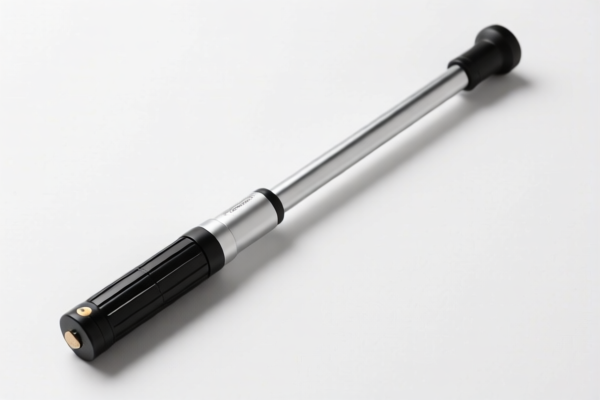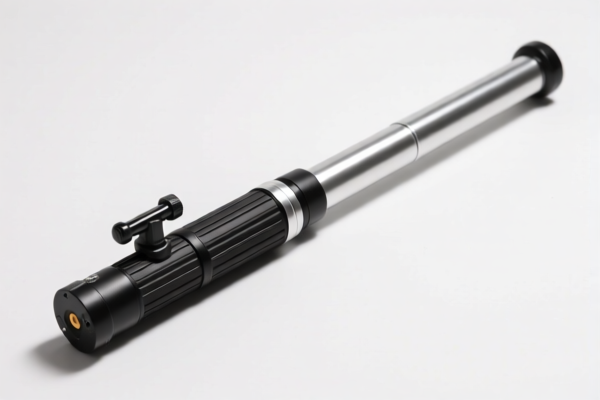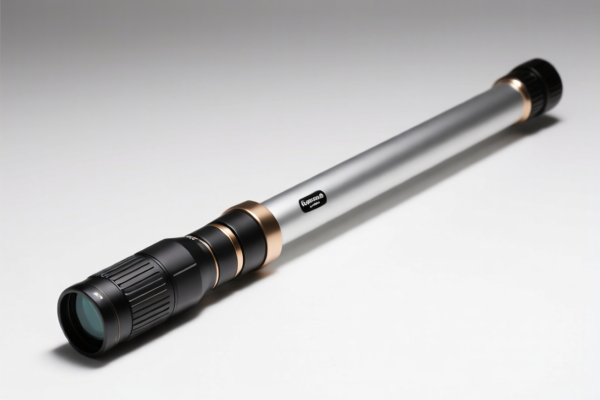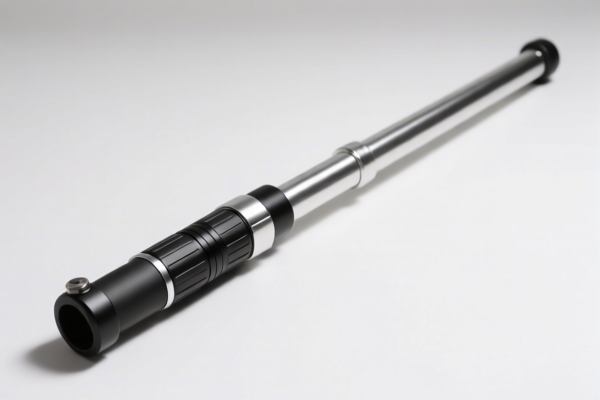| HS Code | Official Doc | Tariff Rate | Origin | Destination | Effective Date |
|---|---|---|---|---|---|
| 8202990000 | Doc | 55.0% | CN | US | 2025-05-12 |
| 8206000000 | Doc | The rate of duty applicable to that article in the set subject t+30.0% | CN | US | 2025-05-12 |
| 8205517500 | Doc | 58.7% | CN | US | 2025-05-12 |
| 8205593080 | Doc | 55.0% | CN | US | 2025-05-12 |
| 8301406060 | Doc | 43.2% | CN | US | 2025-05-12 |
| 8307103000 | Doc | 58.8% | CN | US | 2025-05-12 |
| 8307106000 | Doc | 58.8% | CN | US | 2025-05-12 |
| 1404904000 | Doc | 57.3% | CN | US | 2025-05-12 |
| 1404909090 | Doc | 55.0% | CN | US | 2025-05-12 |
| 1401904000 | Doc | 58.2% | CN | US | 2025-05-12 |




Telescopic Saw
A telescopic saw is a type of hand saw characterized by a blade that can extend and retract, typically within a tubular handle. This feature allows for increased reach and versatility, making it suitable for cutting branches and materials in hard-to-access locations.
Material:
- Blade: Commonly made of high-carbon steel, often hardened and tempered for durability and sharpness. Some models utilize bi-metal blades for increased resilience.
- Handle: Usually constructed from aluminum alloy for lightweight strength and corrosion resistance. Plastic components are also common for grip and housing.
- Mechanism: Internal components, including locking mechanisms and telescoping tubes, are typically steel or durable polymers.
Purpose:
The primary purpose of a telescopic saw is to cut branches, limbs, and smaller trees without the need for climbing or extensive reaching. They are also used for pruning, trimming, and general yard maintenance.
Function:
Telescopic saws operate on a manual principle. The user extends the blade to the desired length, locks it into place, and then uses a push-pull motion to cut through the material. The teeth are designed for efficient cutting with minimal effort. The extension mechanism allows for variable reach, and the locking feature ensures stability during use.
Usage Scenarios:
- Gardening & Landscaping: Pruning trees and shrubs, removing dead or overgrown branches.
- Arboriculture: Light trimming and shaping of trees from the ground.
- Emergency Services: Clearing debris after storms or natural disasters.
- Camping & Hiking: Cutting firewood or clearing trails.
- Home Maintenance: Removing small branches that are difficult to reach.
Common Types:
- Pole Saw: A type of telescopic saw with a longer pole for extended reach, often used for higher branches. May or may not have a powered cutting head.
- Folding Saw: A compact telescopic saw that can fold down for easy storage and portability.
- Powered Telescopic Saw: Incorporates an electric or gasoline engine to automate the cutting process, offering increased power and efficiency. These often include features like automatic chain lubrication.
- Manual Telescopic Saw: Operates solely by hand power, relying on the user's strength and technique.
- Curved Blade vs. Straight Blade: Curved blades are generally more efficient for cutting green wood, while straight blades are better suited for dry or seasoned wood.
- Pruning Saw: Specifically designed for pruning with finer teeth and a narrower blade for cleaner cuts.
Based on the provided information, a telescopic saw falls under the category of hand saws. Here's a breakdown of relevant HS codes:
-
8202990000: This HS code covers “Handsaws, and metal parts thereof; blades for saws of all kinds (including slitting, slotting or toothless saw blades), and base metal parts thereof: Other saw blades, and parts thereof: Other (including parts)”. This is a broad category encompassing various types of saws, including those with telescopic features, and their components.
- 82: Chapter 82 pertains to tools, including hand tools.
- 02: Heading 02 specifically covers saws of all kinds.
- 99: Subheading 99 covers other saw blades and parts thereof, including those not specifically mentioned elsewhere.
-
8205593080: This HS code covers “Handtools (including glass cutters) not elsewhere specified or included; blow torches and similar self-contained torches; vises, clamps and the like, other than accessories for and parts of machine tools or water-jet cutting machines; anvils; portable forges; hand- or pedal-operated grinding wheels with frameworks; base metal parts thereof: Other handtools (including glass cutters) and parts thereof: Other: Crowbars, track tools and wedges, and parts thereof Other”. While not a direct match, a telescopic saw could fall under this category if it's considered a specialized hand tool not specifically classified elsewhere.
- 82: Chapter 82 pertains to tools, including hand tools.
- 05: Heading 05 specifically covers handtools.
- 59: Subheading 59 covers other handtools.
- 30: Subheading 30 covers crowbars, track tools and wedges, and parts thereof.
-
8202990000: This HS code covers “Handsaws, and metal parts thereof; blades for saws of all kinds (including slitting, slotting or toothless saw blades), and base metal parts thereof: Other saw blades, and parts thereof: Other (including parts)”. This is a broad category encompassing various types of saws, including those with telescopic features, and their components.
- 82: Chapter 82 pertains to tools, including hand tools.
- 02: Heading 02 specifically covers saws of all kinds.
- 99: Subheading 99 covers other saw blades and parts thereof, including those not specifically mentioned elsewhere.
According to the provided reference material, the HS code options related to 'telescopic saw' are limited, with only the following 3 found.
It is important to note that the final HS code classification will depend on the specific features and materials of the telescopic saw.
Customer Reviews
No reviews yet.